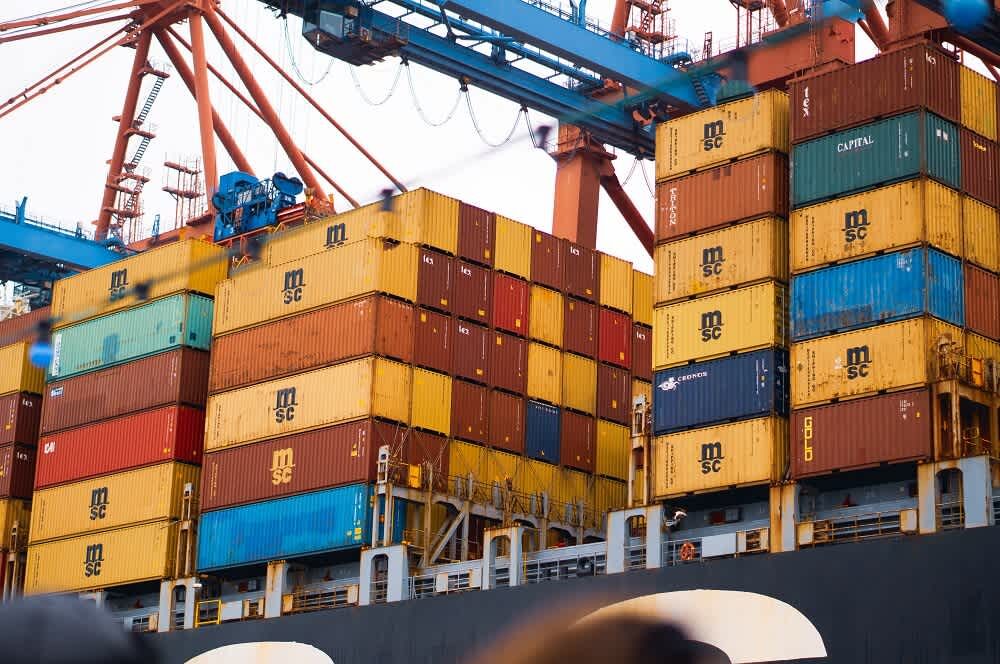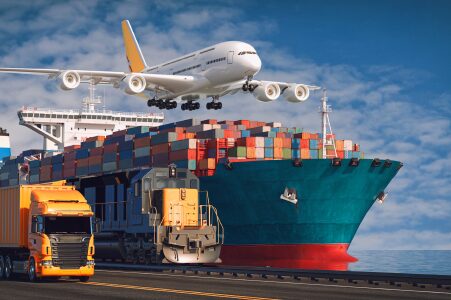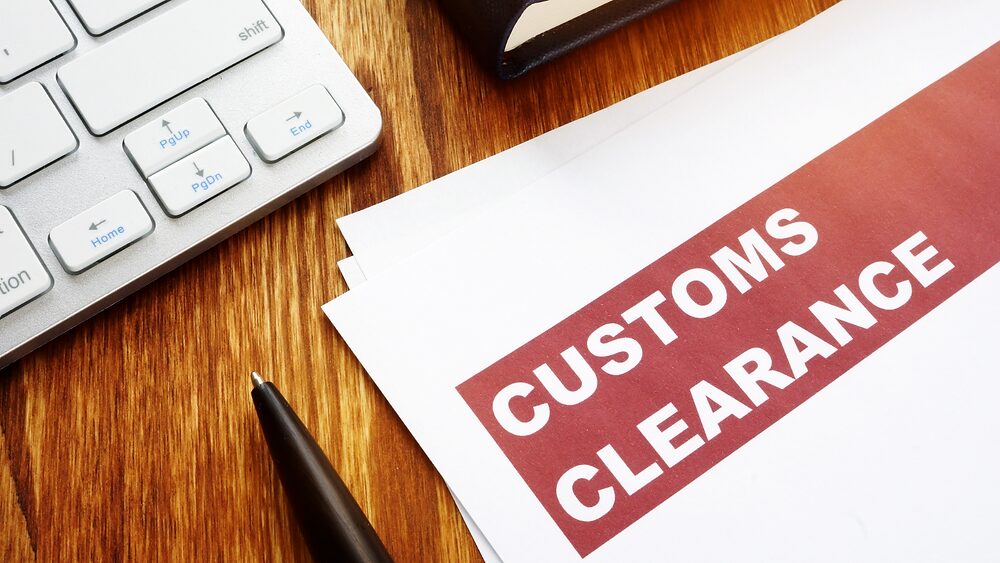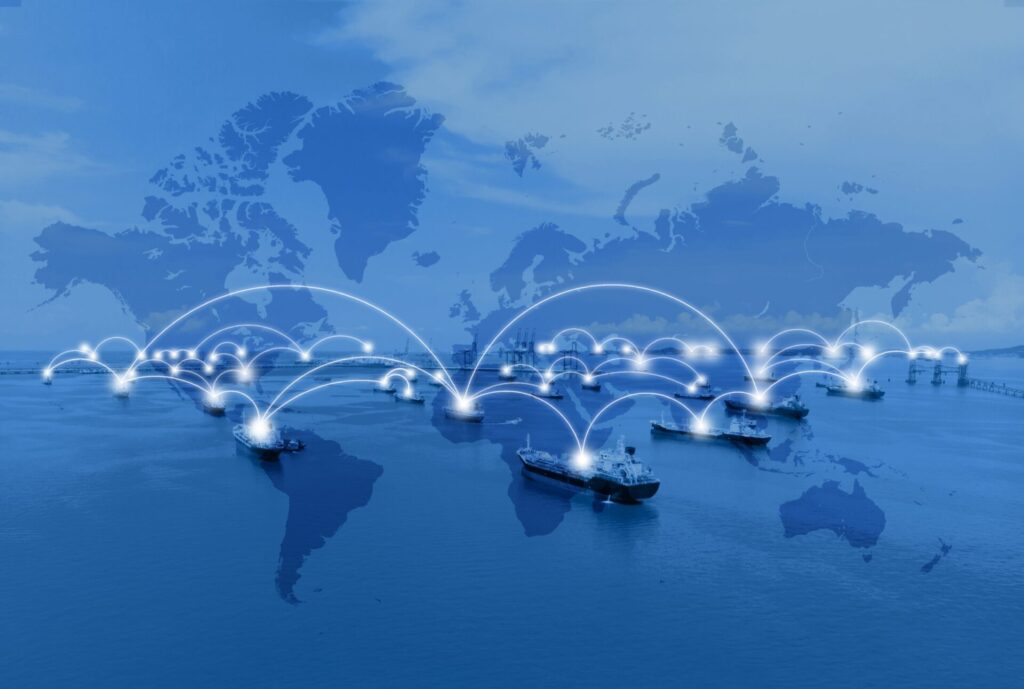The allure of China’s vast manufacturing base is undeniable for Norwegian businesses seeking competitive pricing and a wide range of products. However, navigating the intricacies of international shipping can feel daunting. Worry not! This comprehensive guide empowers you to conquer the China-Norway trade route with confidence. We’ll delve into every crucial aspect, from selecting the optimal shipping method to ensuring seamless customs clearance.
Understanding the Shipping Process from China to Norway

The journey of your goods from China to Norway involves a meticulously orchestrated dance between various players. Here’s a breakdown of the key participants:
- Exporter (You): The Norwegian business initiating the shipment from China.
- Importer (Supplier in China): The Chinese company you’re purchasing goods from.
- Freight Forwarder: A logistics company that manages the entire shipping process or specific segments, like customs clearance.
- Shipping Line (Ocean Freight): The company that operates the vessel transporting your cargo by sea.
- Airline (Air Freight): The company that operates the aircraft transporting your cargo by air.
- Customs Authorities (Norway): The government agency responsible for overseeing import regulations and duties.
Throughout the process, clear communication and documentation are paramount. Ensure all parties involved understand the agreed-upon Incoterms (International Commercial Terms) that define responsibilities and liabilities during the shipment.
Choosing the Right Shipping Method: Speed vs. Cost

The two primary shipping methods for China-Norway cargo are:
- Ocean Freight: The most cost-effective option, ideal for large volumes or non-perishable goods. Expect a transit time of 4-8 weeks.
- Air Freight: The fastest option, suitable for urgent deliveries, time-sensitive products, or smaller shipments. Transit times typically range from 3-7 days.
Factors to Consider When Choosing a Method:
- Urgency: How quickly do you need the goods to arrive in Norway?
- Cost: Can you absorb the higher cost of air freight, or is ocean freight more suitable for your budget?
- Cargo Size and Weight: Are you shipping a full container load (FCL) or less than a container load (LCL)? Air freight might be more cost-effective for LCL shipments.
- Product Type: Are the goods fragile, perishable, or require specific temperature control?
Additional Considerations:
- Express Delivery: For the absolute fastest delivery, consider express courier services like DHL or FedEx. However, be prepared for premium pricing.
- Combined Transport: In some cases, a combination of air and ocean freight (e.g., airfreight for a small, urgent part of the shipment and ocean freight for the bulk) can optimize cost and speed.
Customs and Import Regulations in Norway

Before your shipment sets sail, ensure it complies with Norwegian customs regulations. Here’s a basic overview:
- Required Documentation: Commercial invoice, packing list, bill of lading (for ocean freight), air waybill (for air freight), and potentially a certificate of origin.
- Import Duties and Taxes: The specific duty rate depends on the product category and value. Utilize Norway’s customs tariff database to determine applicable rates.
- VAT (Value Added Tax): A 25% VAT is typically applied to the value of imported goods, including any customs duties.
Pro Tip: Partnering with a knowledgeable freight forwarder can help navigate customs complexities and ensure smooth clearance.
Calculating Shipping Costs and Fees
Obtaining an accurate estimate of total shipping costs is crucial for budgeting purposes. Here’s a breakdown of the primary cost components:
- Ocean Freight: Depends on factors like shipment size, weight, origin port, destination port, and fuel surcharges.
- Air Freight: Primarily based on weight and dimensions, with additional fees for special handling or security measures.
- Inland Transportation: Costs associated with moving your shipment from the origin port/airport to its final destination in Norway.
- Customs Clearance Fees: Charges levied by the freight forwarder or customs broker for handling customs clearance procedures.
- Insurance: Optional, but highly recommended to protect your cargo against potential damage or loss during transit.
Obtaining Quotes:
- Contact freight forwarders: Request quotes from several reputable freight forwarders to compare pricing and services offered.
- Online Quote Calculators: Many shipping companies and freight forwarders offer online quote calculators to provide a preliminary cost estimate.
Remember: The final cost might vary slightly from the initial quote due to fluctuating fuel prices or other unforeseen circumstances.
Packaging and Labeling Requirements

Proper packaging safeguards your goods during the long journey from China to Norway. Here are some key points to remember:
- Use sturdy, high-quality packaging materials
- Consider the weight and dimensions of your goods: Ensure the packaging can withstand the weight and potential stacking of other cargo during transport.
- Fill any empty space: Use void fill materials like packing peanuts or bubble wrap to prevent goods from shifting and incurring damage.
- Pallet-ize for larger shipments: For larger or heavier items, palletizing provides stability and facilitates easier handling with forklifts.
- Labeling Requirements:
- Clear and concise identification: Mark each package with clear markings that include the consignee (receiver) name and address, consignor (sender) name and address, and a unique identification number.
- Handling instructions: Include any specific handling instructions, such as “Fragile” or “Keep Upright.”
- Country of Origin: Clearly mark the country of origin on all packages.
Pro Tip: Double-check all labeling information for accuracy to avoid delays at customs.
Tips for Successful Shipping from China to Norway

Here are some additional pointers to ensure a smooth and successful shipping experience:
- Plan in Advance: Book your shipment well in advance, especially during peak seasons when capacity can be tight.
- Consolidate Shipments: If you regularly import from China, consider consolidating smaller shipments into larger ones to reduce overall costs.
- Incoterms Clarity: Clearly define Incoterms (e.g., CIF, FOB) in your purchase agreement to avoid any confusion regarding responsibility for costs and risks during transport.
- Track Your Shipment: Most freight forwarders and shipping lines offer shipment tracking tools. Utilize these tools to monitor your cargo’s progress and estimated arrival time.
- Maintain Clear Communication: Open communication with your supplier, freight forwarder, and any other involved parties is essential for addressing any issues that may arise.
By following these tips and the guidance outlined in this comprehensive guide, you can navigate the China-Norway shipping process with confidence and efficiency.
Finding Reliable Shipping Partners and Freight Forwarders
A reliable shipping partner is crucial for a successful international shipment. Here’s how to find the right fit:
- Research and Compare: Research reputable freight forwarders with experience handling shipments between China and Norway. Compare their services, pricing structures, and customer reviews.
- Experience and Expertise: Look for a forwarder with a proven track record of handling similar cargo types and adhering to Norwegian customs regulations.
- Communication and Transparency: Choose a forwarder that prioritizes clear communication and provides transparent cost breakdowns.
- Additional Services: Consider the range of services offered, such as customs clearance assistance, cargo insurance options, or inland transportation within Norway.
Building a Strong Partnership:
- Develop a long-term relationship with a reliable freight forwarder. This fosters trust, streamlines communication, and potentially unlocks preferential pricing.
Tracking and Managing Your Shipments

Once your shipment embarks on its journey, staying informed of its whereabouts is vital. Most freight forwarders and shipping lines offer online tracking tools that provide real-time updates on your cargo’s location and estimated arrival time.
Here are some additional points to remember for effective shipment management:
- Maintain Detailed Records: Keep meticulous records of all shipment documentation, including invoices, bills of lading, and customs clearance documents.
- Proactive Problem-Solving: Anticipate potential issues and have a contingency plan in place. If delays arise, work with your freight forwarder to find solutions.
- Post-Shipment Feedback: Provide feedback to your chosen freight forwarder after each shipment. This helps them improve their services and cater to your specific needs better.
By following these steps, you can effectively track and manage your shipments, ensuring a smooth and successful delivery from China to Norway.




